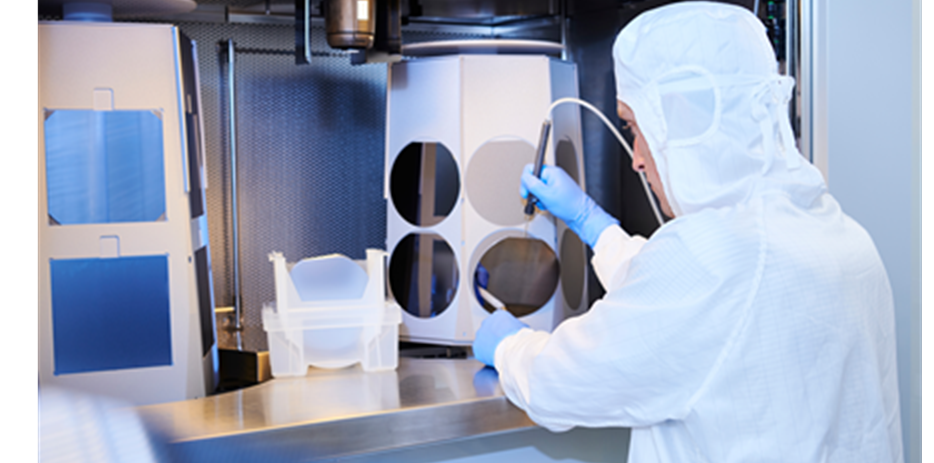Researchers from the German research institute have shown that the so-called epiwafers could be used directly for the manufacture of solar cells without needing a pre-pre-peepter step. For their experiment they used epitaxially grown silicon waffles from the German waffle manufacturer Nexwafe GmbH.
Een onderzoeksgroep bij het Fraunhofer Institute for Solar Energy Systems (Fraunhofer ISE) van Duitsland heeft aangetoond dat in situ gettering tijdens de toepassing van de asymmetrische configuratie van n-type en p-type tunnel oxide-contactencontact (topcon) lagen de materiaalkwaliteit van het n-type siliconisch siliconisch siliconafhankelijk verhoogt.
Tfering is a process that is widely used in the PV production industry during crystal growth to remove impurities and defects in waffles. Epitaxial grown (epiwafers) are manufactured in a direct gas-to-Wafer process as a low-carbon material for solar cells.
“The most important finding of our recently published work is that epiwafers can be used directly for the manufacture of solar cells without having a pre-pre-peepter step,” said the corresponding author of the research, Clara Rittmann, said PV Magazine, Explaining that it is possible when the cell design itself includes an in situ to a turfs-to-use process that allows the N-type and P-Type to act as effective getting gutter stones.
In the study, the researchers compared the tender -cone effect of the Topcon layers with the established phosphorus gettering process. They systematically evaluated the lifespan of minority drawers of N-type epiwafers with basic resistance between 0.5 and 16 Ωcm.
Through this analysis, the research team discovered that for the 1.3 Ωcm Epiwafers the average lifespan of more than 100 μs in the initial state to above 1 ms after top -up and via the Phosphorus getting processing process. To evaluate the impact on cell performance parameters, the scientists used injection-dependent lifelong images for Topconcelvoorlopers with and without earlier phosphorus-gettering.
The results indicated that the standard basic resistance of 1 Ωcm and the parameters are comparable to those of float zone waffles and result in an estimated total tandem device efficiency of more than 30%. “This proves that the Topcon2 -layer of Topcon2 layers improves the material quality of Epiwavers sufficiently to manufacture perovskites silicon tandem solar cells with a high energy conversion and efficiency and with a low carbon footprint,” the group said.
The researchers used epitaxially grown silicon waffles from the German waffle manufacturer Nexwafe GmbH, a spin -off company Fraunhofer Isee. Rittmann explained that the proof-of-concept research at Fraunhofer Isee in combination with Nexwafe’s industrial realization is ‘very exciting and promising’.
Their findings are available in the study “Effective in situ top -conve to epitaxially cultivated silicon waffles during the manufacture of the soil solar cells‘Published by Solar RRL.
Currently, the Fraunhofer Isee Center for High Refficiency Solar Cells (ZHS) is being followed by manufacturing soil solar cells based on the research, according to Rittmann.
She also noted that the group that is known as silicon materials and epitaxial waffles, also at Fraunhofer Isee, is working on electrochemical etchings and epitaxial growth of silicon waffles, as well as on Germanium waffles for use in cheap, reusable substrates for III-Vandem Solar Cell.
Image: Fraunhofer Isee, Solar RLL, Creative Commons License CC by 4.0
This content is protected by copyright and may not be reused. If you want to work with us and reuse part of our content, please contact: editors@pv-magazine.com.
Popular content


